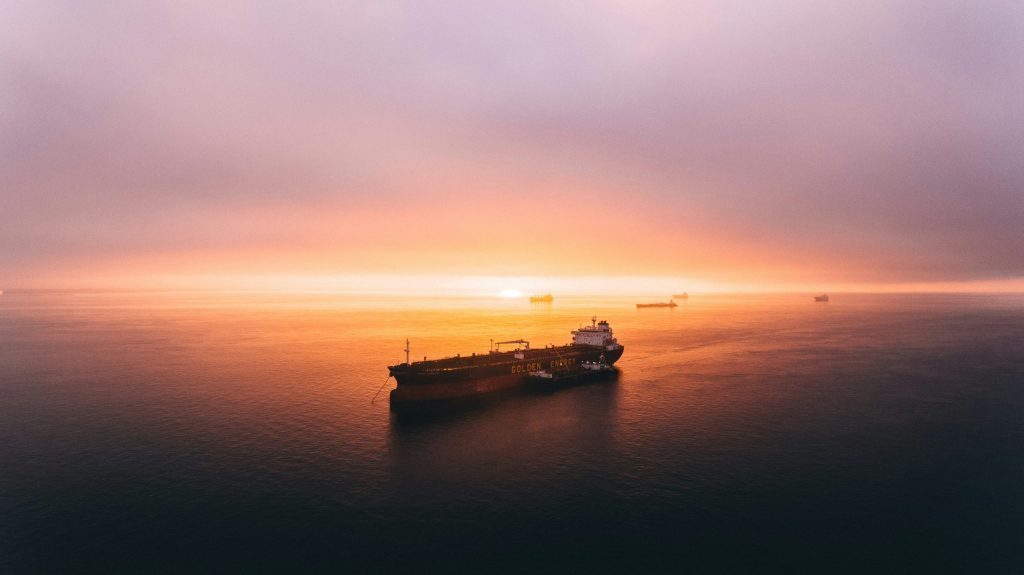The strategic Bab al-Mandab Strait’s closure due to regional conflicts has led to a significant shift in global LNG shipping routes, impacting supply chains and potentially inflating energy costs.
Red Sea Strife Halts LNG Tankers
The Bab al-Mandab Strait, a critical passageway for liquefied natural gas (LNG) tankers, has seen a cessation of traffic for the past four months. The conflict escalation between Israel and Hamas, coupled with Houthi rebel attacks, has halted the once frequent passage of LNG vessels. This disruption has forced tankers to detour around Africa, increasing shipping costs and limiting supplier options for buyers. The global LNG market is experiencing a growing divide, with cargo segmentation becoming more pronounced as transportation challenges mount.
Market Fragmentation and Rising Costs
The redirection of shipping routes is not only a logistical challenge but also a financial one. Patrick Dugas of TotalEnergies SE highlighted the economic difficulties of moving cargoes between the Atlantic and Pacific basins under current conditions. The upcoming winter demand surge and typical increase in shipping costs could exacerbate market fragmentation. This could lead to higher prices or a greater disparity between European and Asian markets. Traders are adapting by seeking closer destinations for their shipments and considering cargo swaps to fulfill contracts.
Strategic Waterways and Global Trade
The Red Sea and Suez Canal, which previously accounted for a significant portion of global maritime trade, are now less traversable for Qatar’s shortest route to Europe. Europe’s pivot to LNG amid reduced pipeline flows from Russia has been impacted by these longer transit times, which strain shipping availability and add to global demand for shipping resources. Clarkson Research Services notes a 4% increase in demand for shipping oil products and gas due to these extended routes. Meanwhile, the Panama Canal’s reduced traffic, caused by drought, has closed another key route for U.S. LNG to Asia.
Shipping Costs and Market Resilience
Despite the Red Sea disruptions, the daily cost of chartering an LNG tanker has remained stable or even decreased since January. This reflects a well-supplied European market, which benefited from a mild winter and reduced industrial fuel consumption. However, as Per-Christian Willoch Fett from Fearnleys AS points out, the current ‘shoulder month period’ is characterized by low demand for gas and ships. The true impact of the Red Sea disruption on shipping costs and market dynamics will be more evident as the industry approaches the high-demand autumn season.




